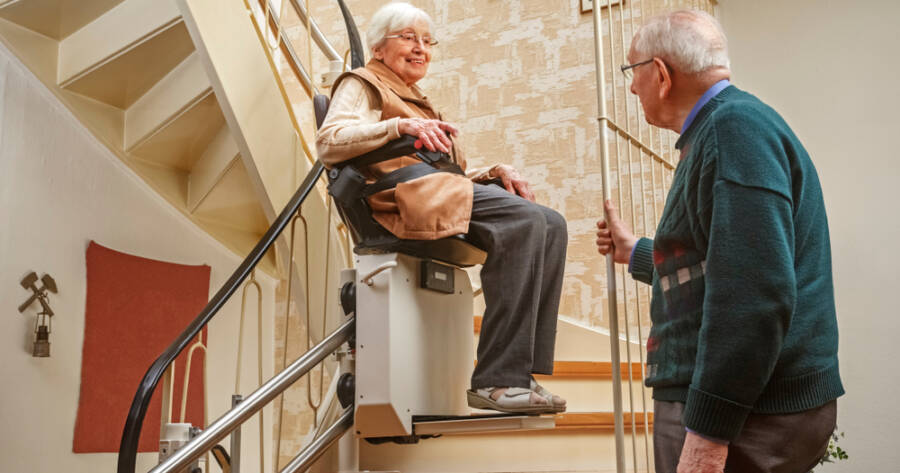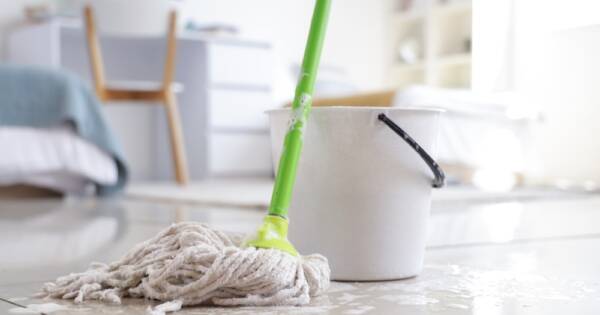Mobility issues can create significant obstacles for individuals trying to maintain independence in their homes. For those with limited movement due to age, injury, or disability, navigating stairs often becomes a daily struggle. Stairlifts provide a practical solution, helping users safely access multiple levels of their homes. While the cost of such devices may seem daunting initially, they can be surprisingly affordable when exploring the range of options available. This article explores how stairlifts can transform lives without breaking the bank.
What Are Stairlifts and How Do They Work?
Stairlifts are motorized chairs designed to transport individuals up and down stairs. They run along a track installed on the staircase, typically powered by electricity or rechargeable batteries. Users simply sit in the chair, secure a safety belt, and use controls to ascend or descend smoothly.
Different models cater to varying needs. Straight stairlifts work on staircases without curves, while curved stairlifts are customized for stairs with bends. Features like swivel seats, remote controls, and foldable components ensure safety and convenience. With technological advancements, modern stairlifts are quieter, sleeker, and more reliable than ever before.
Who Can Benefit from a Stairlift?
Stairlifts are designed for individuals facing mobility challenges, such as older adults, people recovering from surgery, or those with chronic conditions like arthritis or multiple sclerosis. For some, the ability to remain in their multi-level home can be a significant factor in maintaining independence and emotional well-being.
Stairlifts may also reduce the risk of falls, a common concern among individuals with balance or mobility issues. However, they are not a one-size-fits-all solution. Consultation with a healthcare provider or mobility specialist is recommended to determine if a stairlift is the right option for your specific situation.
Exploring the Costs: Are Stairlifts Truly Affordable?
The price of a stairlift depends on several factors, including the type of staircase, the model chosen, and additional features. Straight stairlifts are generally more affordable, ranging from $2,000 to $5,000, while curved models, requiring customization, can cost between $8,000 and $15,000.
While these figures may seem high, there are ways to make stairlifts more affordable. Renting is an option for short-term needs, and refurbished models can provide significant cost savings. Additionally, some insurance policies or government assistance programs might partially cover the expense, depending on the user’s condition and location. Exploring financing plans or community resources can also ease the financial burden.
Key Considerations When Choosing a Stairlift
When investing in a stairlift, it’s essential to consider personal needs, staircase design, and budget. Factors like weight capacity, seat width, and speed adjustments can influence your choice. For households with narrow staircases, compact models may be the best option.
Safety features should be a top priority. Look for stairlifts with obstruction sensors, emergency stop buttons, and battery backups to ensure reliability during power outages. Installation and maintenance are equally critical; professional fitting is recommended for safety, and regular servicing can prolong the lifespan of the device.
Potential Alternatives to Stairlifts
While stairlifts are a popular mobility aid, they may not suit every individual or household. Home modifications, such as installing a stair-free entrance or moving essential rooms to the ground floor, are alternatives worth exploring.
Other devices, like home elevators or platform lifts, may also be considered for users with unique requirements. These options often come with higher costs and installation demands but may be more practical for certain conditions. It’s crucial to weigh the pros and cons of each solution with a mobility expert.
Tips for Finding the Right Stairlift Provider
Selecting a reputable provider is critical to ensuring quality and safety. Start by researching local and online reviews to identify trusted brands. Request detailed quotes, and don’t hesitate to compare prices and services across multiple providers.
Ensure the provider offers a comprehensive warranty and ongoing customer support. Trial periods can also help users test the stairlift in their home environment. Transparency about terms and conditions is vital to avoiding hidden fees or complications later on.
Improving Accessibility Without Compromising Affordability
Stairlifts offer a practical way to navigate mobility challenges and maintain independence at home. While they involve an upfront investment, options like renting, refurbished models, and financial assistance can make them more accessible.
By carefully considering individual needs, exploring alternatives, and choosing the right provider, users can find a stairlift that fits both their requirements and budget. Ultimately, stairlifts represent a valuable step toward enhanced safety and convenience, empowering individuals to live more comfortably in their own homes.




